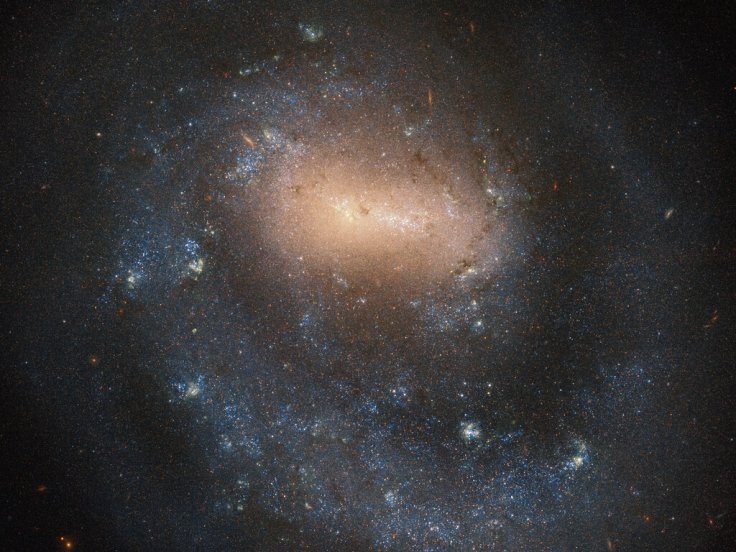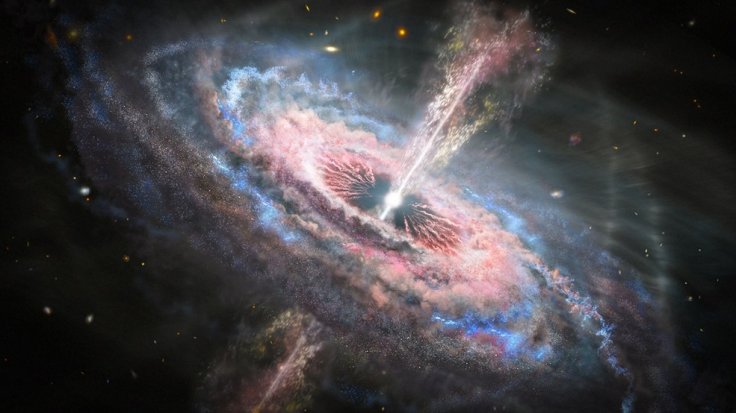NASA and the European Space Agency's (ESA) Hubble Space Telescope was able to take a photo of a spiral galaxy that only has one arm. According to the agencies, the galaxy is currently only a collision course with its galactic neighbor.
The galaxy featured in Hubble's latest photo has been identified as NGC 4618. It is situated in the Canes Venatici constellation and is about 21 million light-years from Earth's neighborhood. Scientists estimated that NGC 4618's diameter measures a third of that of Milky Way.

Discovering NGC 4618
NGC 4618 was officially discovered by German-born British astronomer Wilhelm Herschel in 1787. He was also the astronomer credited for discovering the planet Uranus in 1781. Prior to his discovery of NGC 4618, Herschel formulated a theory that suggested that the foggy objects in the night sky might be distant clusters of stars. His theory led to the notion that these foggy objects might actually be other galaxies.
"Only a year before discovering NGC 4618, Herschel theorized that the 'foggy' objects astronomers were seeing in the night sky were likely to be large star clusters located much further away than the individual stars he could easily discern," the ESA explained. "Since Herschel proposed his theory, astronomers have come to understand that what he was seeing was a galaxy."
The One-Armed Galaxy
Modern observations on NGC 4618 revealed that it is a barred spiral galaxy. This means that the large cosmic object has a bar-shaped structure, which is composed of stars, traversing the center of the galaxy.
Like other spiral galaxies, NGC 4618 is characterized by is rotating appearance. However, unlike conventional spiral galaxies such as Milky Way, NGC 4618 only has one-arm rotating around its center.

Collision With Galactic Neighbour
According to the ESA, NGC 4618 has a galactic neighbour known as NGC 4625. As noted by the agency, these two galaxies are close enough to interact with one another. Eventually, the gravitational pull from these two galaxies will cause them to collide and merge with one another, forming a new galaxy.
"Together with its neighbor, NGC 4625, it forms an interacting galaxy pair, which means that the two galaxies are close enough to influence each other gravitationally," the ESA stated. "These interactions may result in the two (or more) galaxies merging together to form a new formation, such as a ring galaxy."









